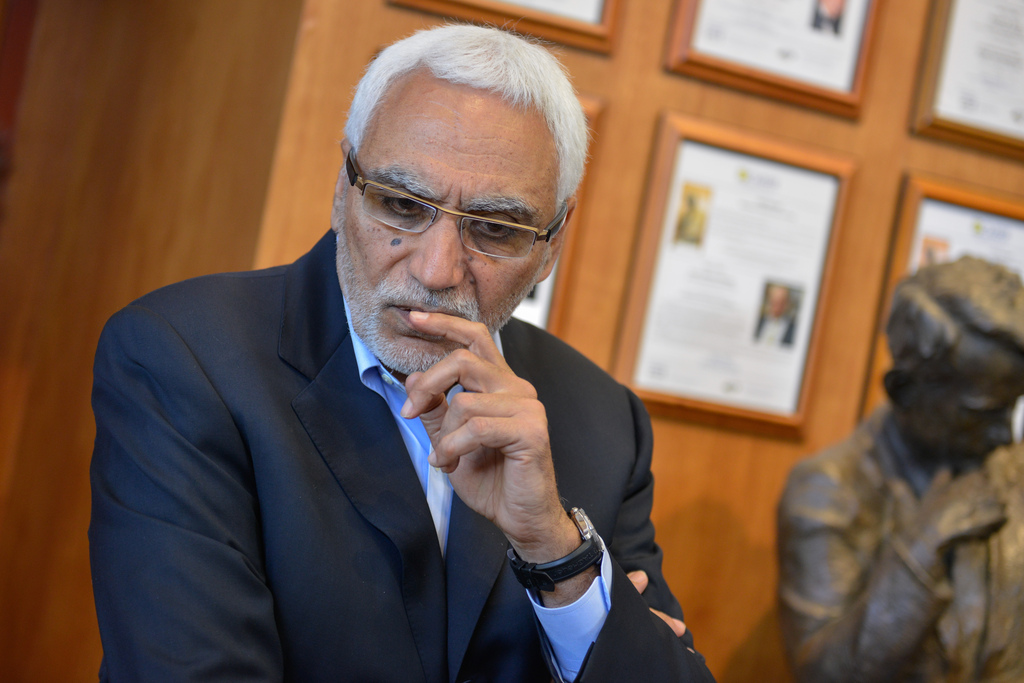Shannon Memorial Lecture: New Possibilities for Changing Face of Computing
By Tiffany Fox, (858) 246-0353, tfox@ucsd.edu
San Diego, Calif., May 15, 2013 — It’s been 65 years since the late Claude E. Shannon, a Bell Labs mathematician and a pioneer in information theory, first established what came to be known as the “Shannon Limit.” This formula made it possible, for the first time, to calculate the maximum rate at which information can be transmitted from over any communications channel without error (otherwise known as “channel capacity”).
|
In the ensuing decades, computer scientists and electrical engineers have developed practical codes that turn information into compact symbols (ones and zeros) for the purpose of being more easily transmitted and stored. These codes are now widely used in communications networks and storage systems.
But according to Professor Abbas El Gamal of Stanford University, as network sources and destinations multiply and the face of global computing becomes more complex, these well-established codes are approaching the so-called “Shannon limit.”
To commemorate the achievements of Shannon (as well as to celebrate Shannon's April 30 birthday), El Gamal was invited to present the 11th annual Shannon Memorial Lecture earlier this month at the University of California, San Diego Qualcomm Institute. El Gamal was selected by the UCSD Center for Magnetic Recording Research (CMRR), which also awarded him the 2012 Claude E. Shannon Award.
The subject of El Gamal’s lecture was random point-to-point (ptp) codes, which, El Gamal argues, can perform well — and sometimes optimally — over several multiple access, broadcast, interference and relay networks.
“In some sense, we’re doing fine with codes but we’re not doing fine with decoding,” said El Gamal, who is a fellow of the Institute of Electrical and Electronics Engineers (IEEE), a member of the National Academy of Engineering and director of the Stanford University Information Systems Laboratory. “We need to work on constructing better decoders and finding better practical codes for broadcasting and relaying information.”
El Gamal also noted that the nascent but increasing use of quantum computing, which uses quantum mechanics to perform operations on data, presents even more challenging problems for encoding and decoding information, “but it’s definitely something that will be interesting to see how well it will develop.”
Also honored at the event was Lele Wang, a Ph.D. student in the UC San Diego Department of Electrical and Computer Engineering. Wang, who has worked on various theories in many disciplines of information theory, is the recipient of the 2013 Shannon Graduate Fellowship, which also honors the memory of Claude Shannon. Wang’s advisor at UC San Diego, Young-Han Kim (who co-authored, with El Gamal, the renowned information theory text, “Network Information Theory”), praised her hard work and high energy, saying “she deserves every bit of this prestigious award.”
Media Contacts
Tiffany Fox, (858) 246-0353, tfox@ucsd.edu
Related Links
Center for Magnetic Recording Research
Stanford Information Systems Laboratory
Information Theory and Applications Center


